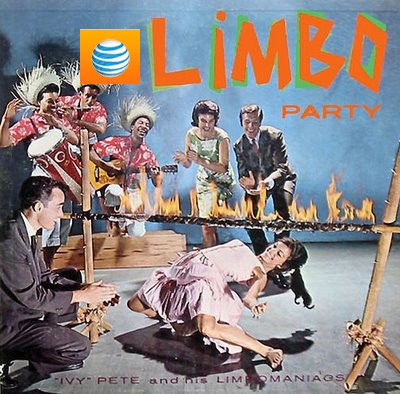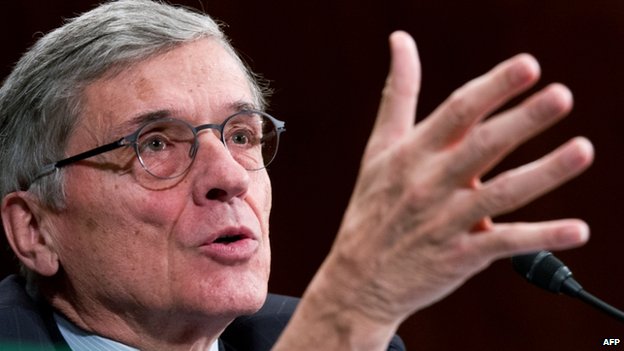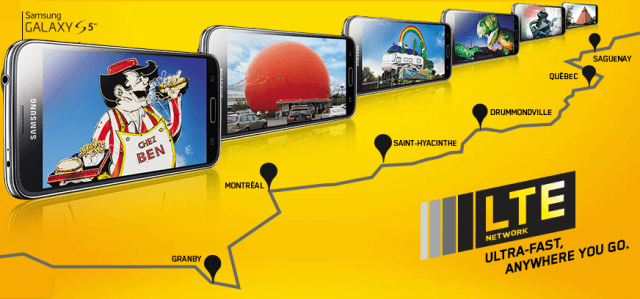 For years Verizon Wireless has charged some of the highest prices in the wireless industry because it could. But those days may finally be coming to an end as the company admits it is seeing an increase in customer disconnects, and the company announced it will spend more on subscriber promotions to win back old customers and attract new ones.
For years Verizon Wireless has charged some of the highest prices in the wireless industry because it could. But those days may finally be coming to an end as the company admits it is seeing an increase in customer disconnects, and the company announced it will spend more on subscriber promotions to win back old customers and attract new ones.
Verizon Wireless executives have repeatedly stressed they can charge ‘Cadillac prices on a Cadillac network’ that has traditionally outperformed the competition in coverage, 4G data, and customer service. But customers may be telling the carrier “enough as enough” as a growing number are attracted to offers of dramatically lower pricing from Sprint and T-Mobile.
In a statement issued to shareholders, Verizon Wireless reports it is not on track to have a completely Merry Christmas:
As the company is accelerating the upgrades of high-quality customers to 4G, total retail postpaid disconnects are trending higher both sequentially and year over year in this highly competitive and promotion-filled fourth quarter.
The company expects that the fourth-quarter impacts of its promotional offers, together with the strong customer volumes this quarter, will put short-term pressure on its wireless segment EBITDA and EBITDA service margin (non-GAAP, based on earnings before interest, taxes, depreciation and amortization) as well as its consolidated EBITDA margin (non-GAAP) and earnings per share.
Despite the growing number of customers leaving Verizon for more affordable alternatives, those remaining are willing to pay even higher prices upgrading to the latest smartphones and tablets equipped to take advantage of Verizon’s 4G LTE network. Customers are gradually moving away basic cell phones and towards smartphones and tablets.
Customers are also increasingly willing to abandon the upgrade subsidy in favor of early upgrades and device payment plans. Verizon reports almost one-quarter of customers are now enrolled in its Verizon Edge smartphone program, which budgets the cost of a new phone in installments charged to a cell phone bill. Just three months ago, Verizon had only enrolled 12% of its customers in the upgrade program.


 Subscribe
Subscribe

 T-Mobile has asked the Federal Communications Commission to investigate AT&T’s “artificially high roaming rates” charged when its customers travel outside of T-Mobile’s home service area.
T-Mobile has asked the Federal Communications Commission to investigate AT&T’s “artificially high roaming rates” charged when its customers travel outside of T-Mobile’s home service area. Because of AT&T’s artificially high roaming rates, T-Mobile wireless customers roaming in South Africa have a better user experience than customers roaming on AT&T’s network in South Dakota, argues T-Mobile. Their speed is twice as fast, and their data usage is unlimited.
Because of AT&T’s artificially high roaming rates, T-Mobile wireless customers roaming in South Africa have a better user experience than customers roaming on AT&T’s network in South Dakota, argues T-Mobile. Their speed is twice as fast, and their data usage is unlimited. Verizon Wireless, facing scrutiny from FCC chairman Thomas Wheeler, today announced it has canceled plans to introduce a new “network optimization” policy that would have significantly throttled down speeds for heavy users still on grandfathered, unlimited use data plans.
Verizon Wireless, facing scrutiny from FCC chairman Thomas Wheeler, today announced it has canceled plans to introduce a new “network optimization” policy that would have significantly throttled down speeds for heavy users still on grandfathered, unlimited use data plans.
 Wheeler also questioned how Verizon could justify its planned speed throttling under the conditions it agreed to after winning the 700MHz “C Block.” That spectrum was accompanied by a special FCC mandate – open platform rules which prohibits Verizon Wireless from denying, limiting, or restricting the ability of end users to download and use applications of their choosing on the C Block networks. A speed throttle would make using some applications impossible.
Wheeler also questioned how Verizon could justify its planned speed throttling under the conditions it agreed to after winning the 700MHz “C Block.” That spectrum was accompanied by a special FCC mandate – open platform rules which prohibits Verizon Wireless from denying, limiting, or restricting the ability of end users to download and use applications of their choosing on the C Block networks. A speed throttle would make using some applications impossible.
